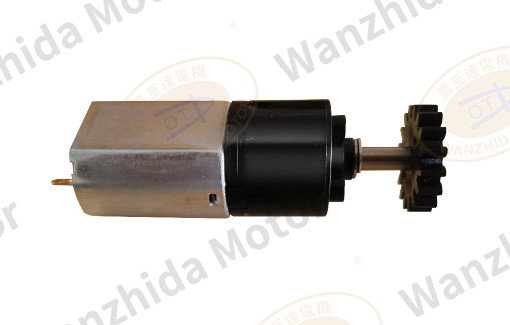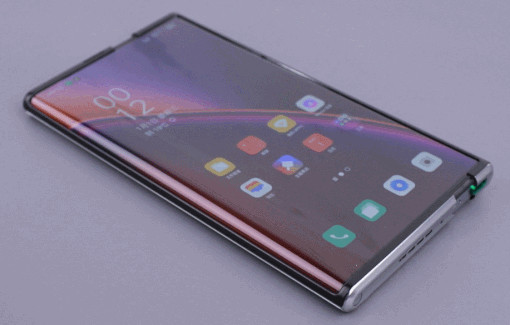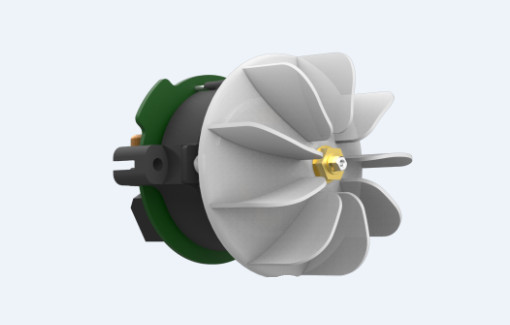Humanoid Robot Dexterous Hand Motors: Technological Breakthroughs and Future Prospects
With the rapid development of artificial intelligence and robotics, humanoid robots are gradually transitioning from science fiction to reality. As a crucial component of humanoid robots, dexterous hands play a key role in human interaction and executing complex tasks, with their motors serving as the core power source. This paper delves into the technical details of humanoid robot dexterous hand motors from four aspects: technical principles, key features, current applications, and future trends.
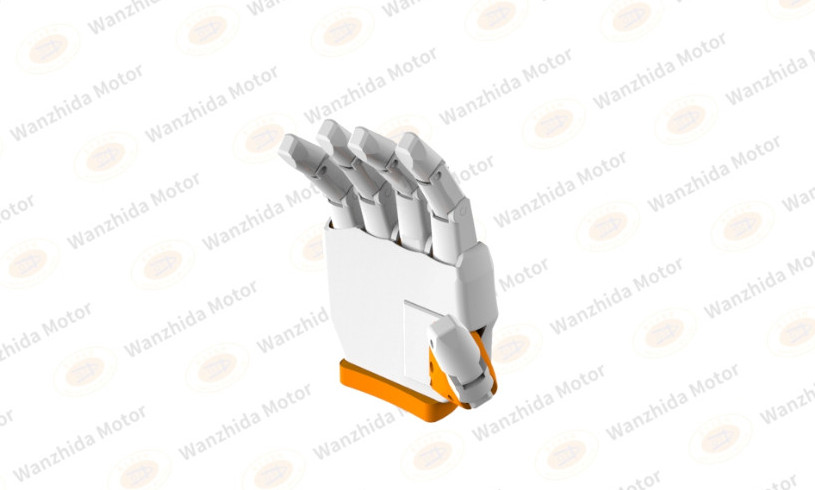 1. Technical Principles of Dexterous Hand Motors
1. Technical Principles of Dexterous Hand Motors
The movement capabilities of humanoid robot dexterous hands rely primarily on motordriven systems. These motors convert electrical energy into mechanical energy to control finger joint motions, enabling grasping, manipulation, and sensing. Key principles include:
1.1 Motor Types and Selection
Motor choices for dexterous hands depend on factors such as size, torque, power density, response speed, and control precision. Common types include:
Coreless Motors: Widely used for their ironless rotor design, which reduces eddy current loss. They offer high efficiency, power density, low inertia, and rapid response. For example, Wanzhida Motors' coreless brushless motors deliver high torque in compact sizes, ideal for multiDOF finger joints.
Frameless Torque Motors: Integrated directly into joints, these eliminate traditional housings and transmission components, offering high torque, precision, and dynamic performance for heavyload applications.
1.2 Transmission Systems
Motor output is transmitted to joints through:
Planetary Gearboxes: Provide high reduction ratios and torque in compact sizes.
Lead Screw Drives: Ensure high precision and rigidity for delicate operations.
TendonDriven Mechanisms: Use flexible tendons for complex motion trajectories and multiDOF control.
1.3 Control and Feedback
Precision control is achieved via encoders or Hall sensors for realtime monitoring of position, speed, and torque. Feedback systems enable accurate motion control for complex tasks.
2. Key Features of Dexterous Hand Motors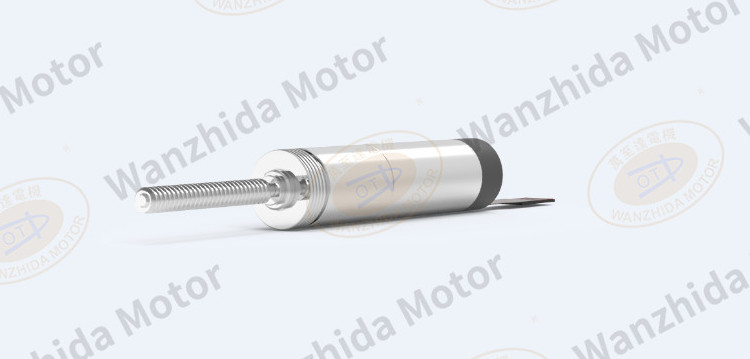 2.1 High Power Density & Lightweight Design
2.1 High Power Density & Lightweight Design
Compact motors like those in Tesla’s Optimus hand prioritize power density and weight reduction, enabling multifunctionality in limited spaces.
2.2 Rapid Response & Precision Control
Coreless motors achieve millisecondlevel mechanical time constants and <2% speed fluctuations, critical for tasks like speed adjustments and stability.
2.3 MultiDOF Coordination
Dexterous hands with 22 DOFs (e.g., Optimus) require independent motor control for bending, extension, and rotation.
2.4 Durability & Reliability
Motors undergo rigorous testing (temperature, vibration) to ensure stable operation in extreme conditions (e.g., 40 °C to 80 °C).
3. Current Applications
3.1 Manufacturing
Used for highprecision assembly (e.g., automotive welding).
3.2 Medical
Power surgical robots like the Da Vinci system for minimally invasive procedures.
3.3 Service Robots
Enable household tasks in robots like UBTech's Walker.
3.4 Hazardous Environments
Deployed in nuclear or deepsea exploration to mitigate human risk.
4. Future Trends
4.1 Miniaturization & High Performance
Advancements in materials and coreless motor design to boost power density.
4.2 Integrated Systems
Combining motors, sensors, and gearboxes for compactness.
4.3 Smart Adaptive Control
AIdriven torque adjustment for dynamic loads.
4.4 Enhanced Load Capacity
Supporting higherDOF and heavyload tasks.
5. Conclusion
Dexterous hand motors are driving humanoid robots from labs to realworld applications. Their high performance and adaptability promise breakthroughs in industries, healthcare, and hazardous environments, with future advancements focusing on miniaturization, integration, and AIenhanced control.

The movement capabilities of humanoid robot dexterous hands rely primarily on motordriven systems. These motors convert electrical energy into mechanical energy to control finger joint motions, enabling grasping, manipulation, and sensing. Key principles include:
1.1 Motor Types and Selection
Motor choices for dexterous hands depend on factors such as size, torque, power density, response speed, and control precision. Common types include:
Coreless Motors: Widely used for their ironless rotor design, which reduces eddy current loss. They offer high efficiency, power density, low inertia, and rapid response. For example, Wanzhida Motors' coreless brushless motors deliver high torque in compact sizes, ideal for multiDOF finger joints.
Frameless Torque Motors: Integrated directly into joints, these eliminate traditional housings and transmission components, offering high torque, precision, and dynamic performance for heavyload applications.
1.2 Transmission Systems
Motor output is transmitted to joints through:
Planetary Gearboxes: Provide high reduction ratios and torque in compact sizes.
Lead Screw Drives: Ensure high precision and rigidity for delicate operations.
TendonDriven Mechanisms: Use flexible tendons for complex motion trajectories and multiDOF control.
1.3 Control and Feedback
Precision control is achieved via encoders or Hall sensors for realtime monitoring of position, speed, and torque. Feedback systems enable accurate motion control for complex tasks.
2. Key Features of Dexterous Hand Motors

Compact motors like those in Tesla’s Optimus hand prioritize power density and weight reduction, enabling multifunctionality in limited spaces.
2.2 Rapid Response & Precision Control
Coreless motors achieve millisecondlevel mechanical time constants and <2% speed fluctuations, critical for tasks like speed adjustments and stability.
2.3 MultiDOF Coordination
Dexterous hands with 22 DOFs (e.g., Optimus) require independent motor control for bending, extension, and rotation.
2.4 Durability & Reliability
Motors undergo rigorous testing (temperature, vibration) to ensure stable operation in extreme conditions (e.g., 40 °C to 80 °C).
3. Current Applications
3.1 Manufacturing
Used for highprecision assembly (e.g., automotive welding).
3.2 Medical
Power surgical robots like the Da Vinci system for minimally invasive procedures.
3.3 Service Robots
Enable household tasks in robots like UBTech's Walker.
3.4 Hazardous Environments
Deployed in nuclear or deepsea exploration to mitigate human risk.
4. Future Trends
4.1 Miniaturization & High Performance
Advancements in materials and coreless motor design to boost power density.
4.2 Integrated Systems
Combining motors, sensors, and gearboxes for compactness.
4.3 Smart Adaptive Control
AIdriven torque adjustment for dynamic loads.
4.4 Enhanced Load Capacity
Supporting higherDOF and heavyload tasks.
5. Conclusion
Dexterous hand motors are driving humanoid robots from labs to realworld applications. Their high performance and adaptability promise breakthroughs in industries, healthcare, and hazardous environments, with future advancements focusing on miniaturization, integration, and AIenhanced control.
